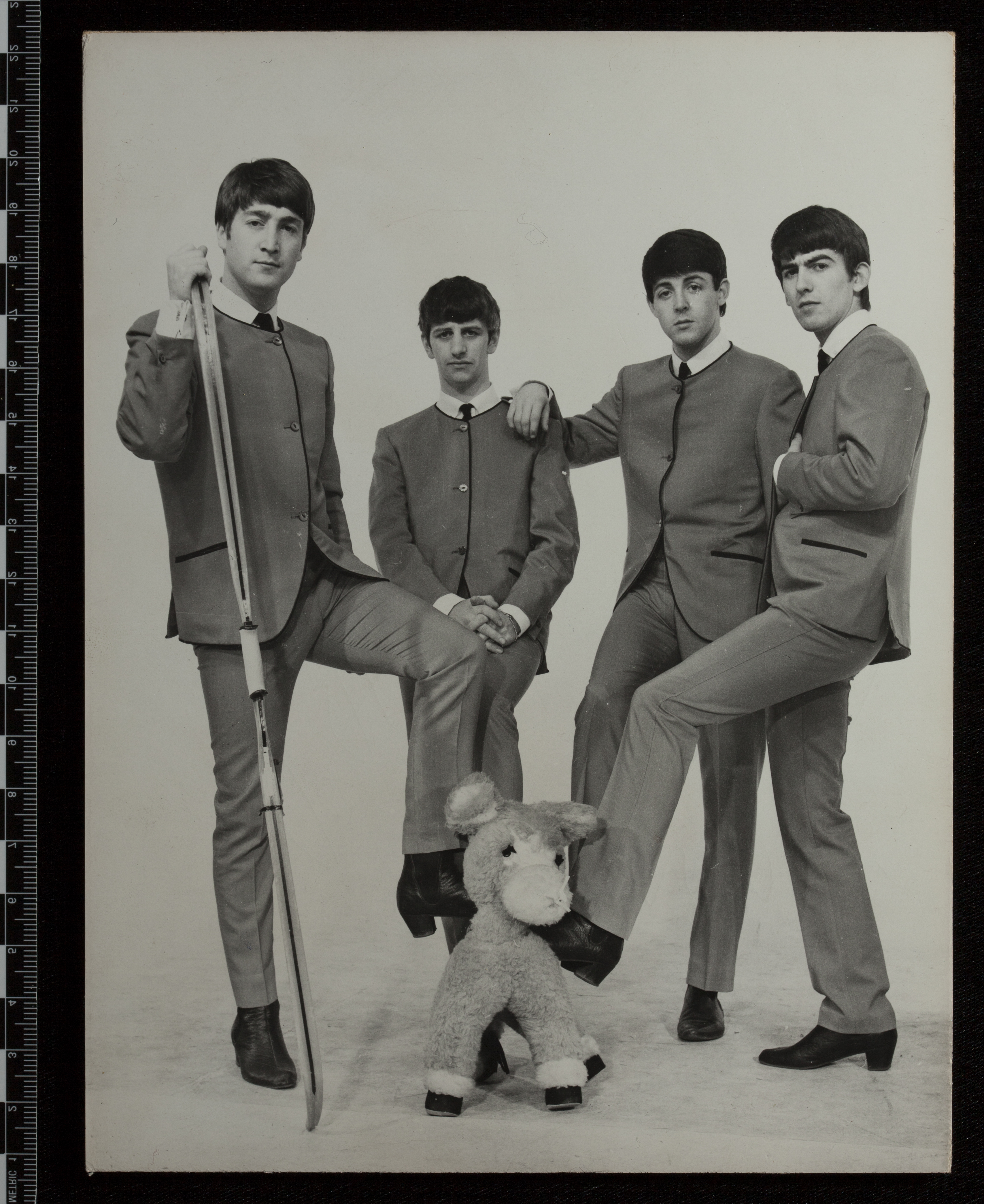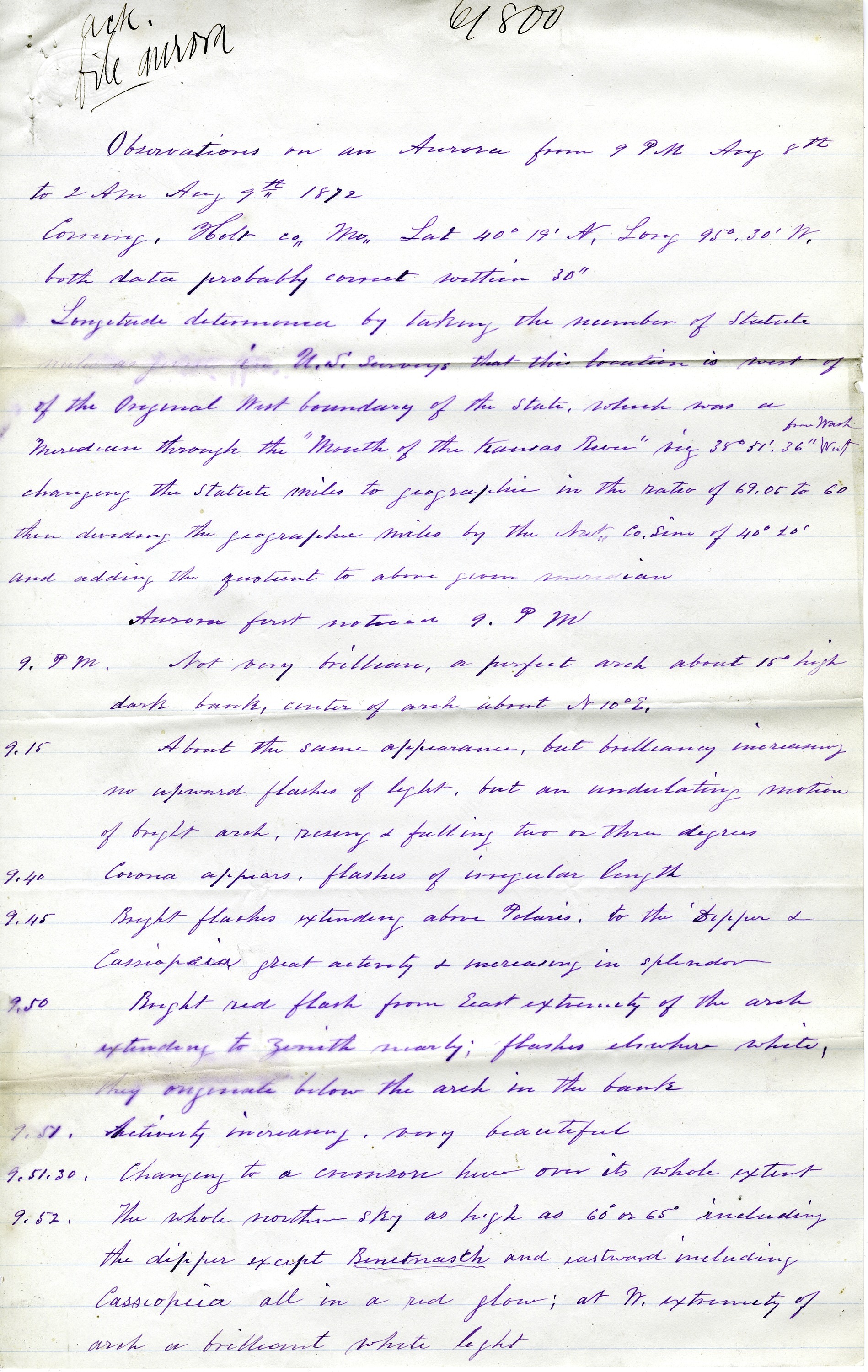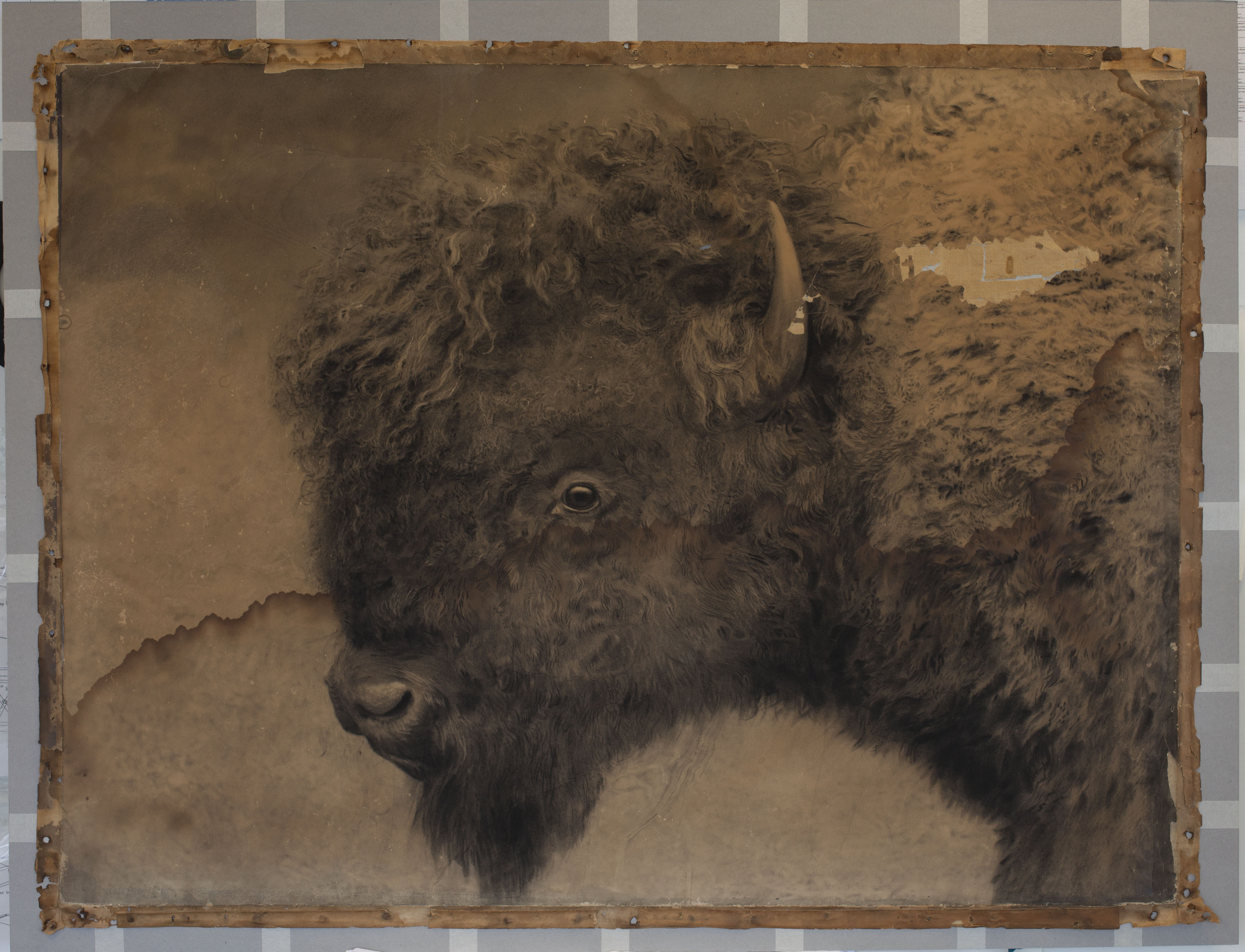Results for "McIntire Collection of Historical Objects"

But all I've got is a photograph . . . or an autograph?
- Date: April 29, 2014
- Creator: Nora Lockshin
- Description: Watch how we make invisible Beatles’ autographs visible with Reflectance Transform Imaging, a technique for forensic document examination.

Link Love: 12/19/2014
- Date: December 19, 2014
- Creator: Effie Kapsalis
- Description: On New Years Day 2015, the 44,000 works of art in the Smithsonian’s Freer | Sackler collection will be available online. [via WAMU] Dumpster diving! The National Museum of American History added a copy of the E.T. the Extra-Terrestrial Atari 2600 game found in a landfill to their collection. [via O Say Can You See, National Museum of American History]The grand re-opening of

History and Chronologies
- Date: July 5, 2012
- Creator: Mitch Toda
- Description: As the National Museum of American History's new director, John Gray, begins his tenure we take a look back at those who proceeded him.
Conserving Archival Collections Suffering from Fungal Attack
- Date: July 26, 2016
- Description: This summer Visiting Professional Laura Wahl had the chance to learn more about how to respond to the problem of mold residues found on archival materials. The Smithsonian Affiliations’ Visiting Professionals Program allowed her to spend time at the Smithsonian Institution Archives’ conservation lab researching this topic.

To Preserve or Not to Preserve: Social Media
- Date: June 13, 2012
- Creator: Jennifer Wright
- Description: A quick overview of how the Archives decides what social media to preserve to document the Smithsonian’s history.
- Blog Post
Link Love: 3/11/2011
- Date: March 11, 2011
- Creator: Catherine Shteynberg
- Description: Access the official records of the Smithsonian Institution and learn about its history, key events, people, and research.

The Increase and Diffusion of Data
- Date: October 19, 2021
- Description: Research has been at the core of Smithsonian’s mission from the beginning, and sharing that research—through activities like publishing papers and data—is still key to fulfilling that mission for the “increase and diffusion of knowledge.”

Re-mounting the American Bison
- Date: February 25, 2016
- Creator: William Bennett
- Description: One of our recent projects, these photographic crayon enlargements, associated with founder of the National Zoo William Temple Hornaday, were made on sensitized paper that was then adhered to a linen “canvas” stretched around wooden frames. The paper had become brittle, and handling at some point in the past led to a number of punctures and tears through both the paper and the
- Blog Post
Link Love: 5/13/2011
- Date: May 13, 2011
- Creator: Catherine Shteynberg
- Description: [caption id="" align="aligncenter" width="425" caption="Six children play on the sculpture "Uncle Beazley," the 25 foot long replica of a triceratops, placed on the Mall in front of the National Museum of Natural History (NMNH), 1976, by Unidentified photographer, Photographic print, Smithsonian Institution Archives, Record Unit 95, Box 33, Folder: 23, Negative Number:

Link Love: 6/22/2018
- Date: June 22, 2018
- Creator: Effie Kapsalis
- Description: The American Foundation for the Blind launched the Helen Keller Archive, the world's first fully accessible digital archive comprised of more than 160,000 artifacts. [via PR Newswire]Ahead of his major retrospective at the Smithsonian American Art Museum, artist Trevor Paglen shares his views on the social and political implication of surveillance systems and artificial
- Blog Post
Come Talk to Us Today on Twitter for Ask Archivists Day!
- Date: June 9, 2011
- Creator: Catherine Shteynberg
- Description: As we mentioned earlier this week, today is AskArchivists Day on Twitter. Starting at 9 am EST, and until 5 pm EST today, Smithsonian expert archivists, will be answering all of your questions about archivists, archiving, and archival collections.Come on over to the Smithsonian Twitter feed, and ask a question by adding @Smithsonian and the hashtag #AskArchivists to your
- Blog Post
Link Love: 3/25/2011
- Date: March 25, 2011
- Creator: Catherine Shteynberg
- Description: [caption id="" align="aligncenter" width="300" caption=""EXIT" sign in the Smithsonian Institution Building (i.e. "The Castle Building"), by Adam Gerard, Creative Commons: Attribution BY-NC-SA 2.0."][/caption] We agree, Adam! The Smithsonian “Castle” takes the cake for vintage details. Via @voteprime on Twitter: “I am fascinated by this EXIT sign I saw at the Smithsonian
